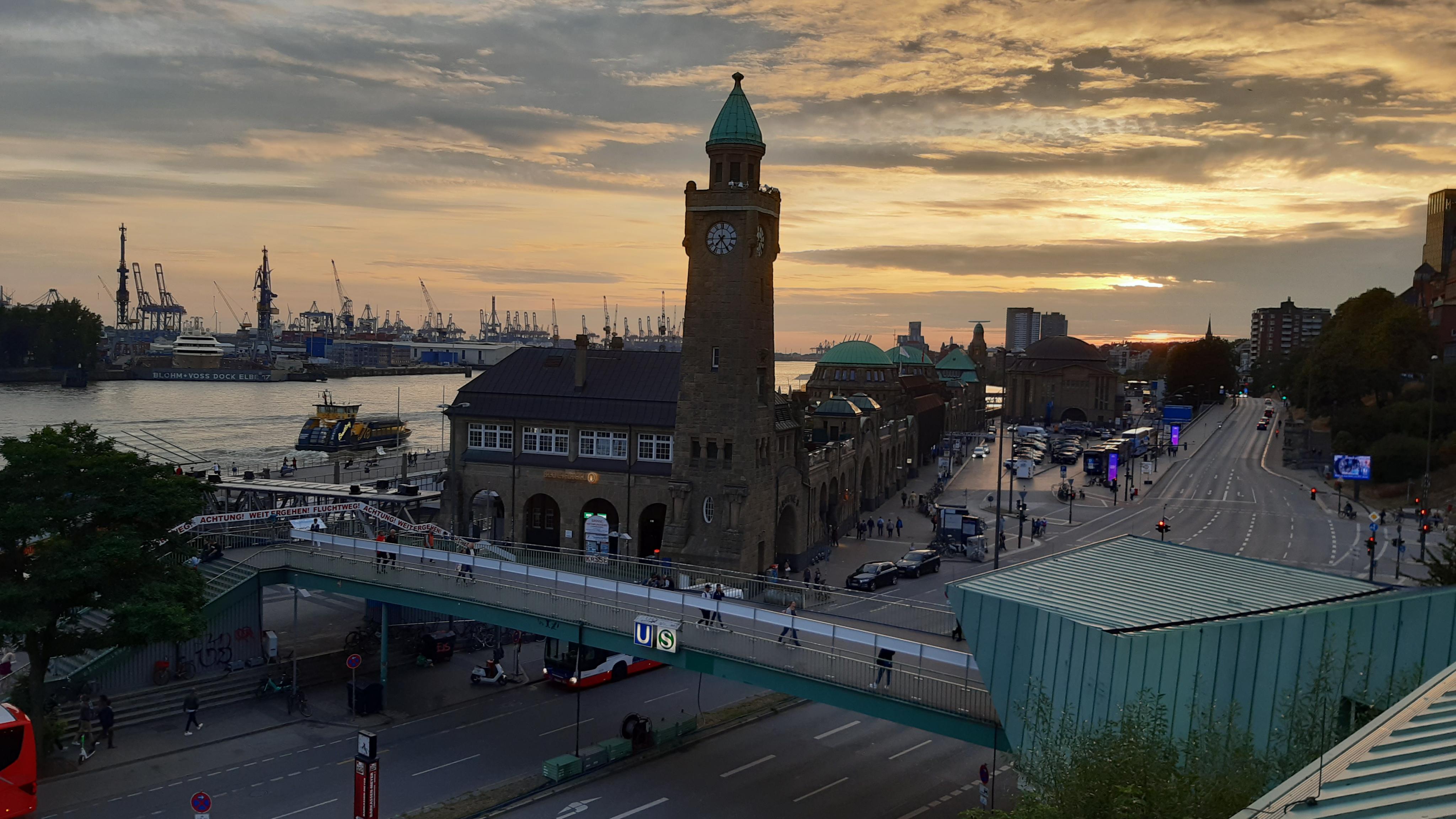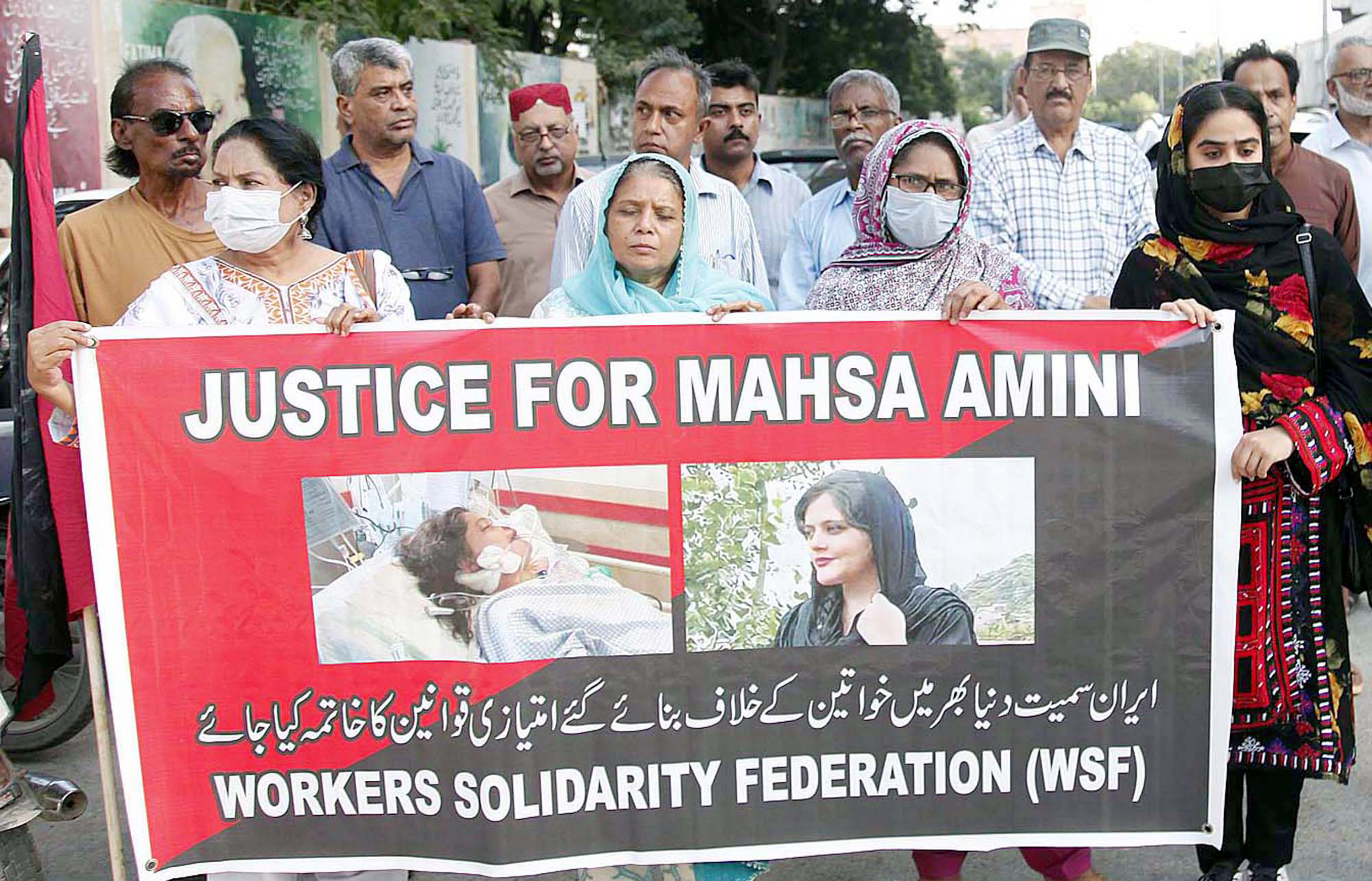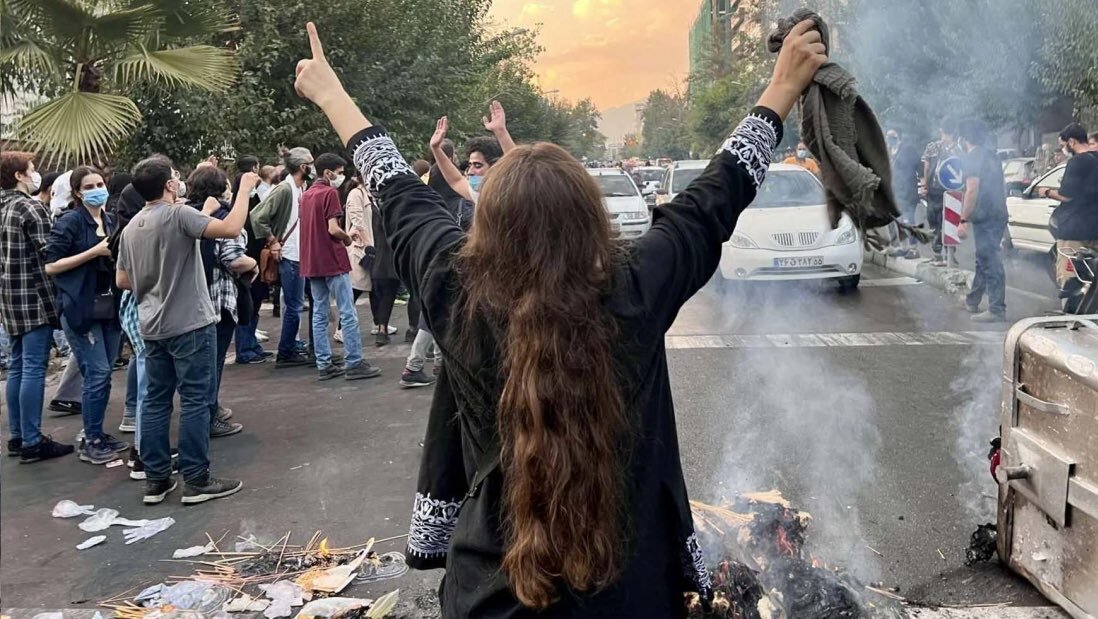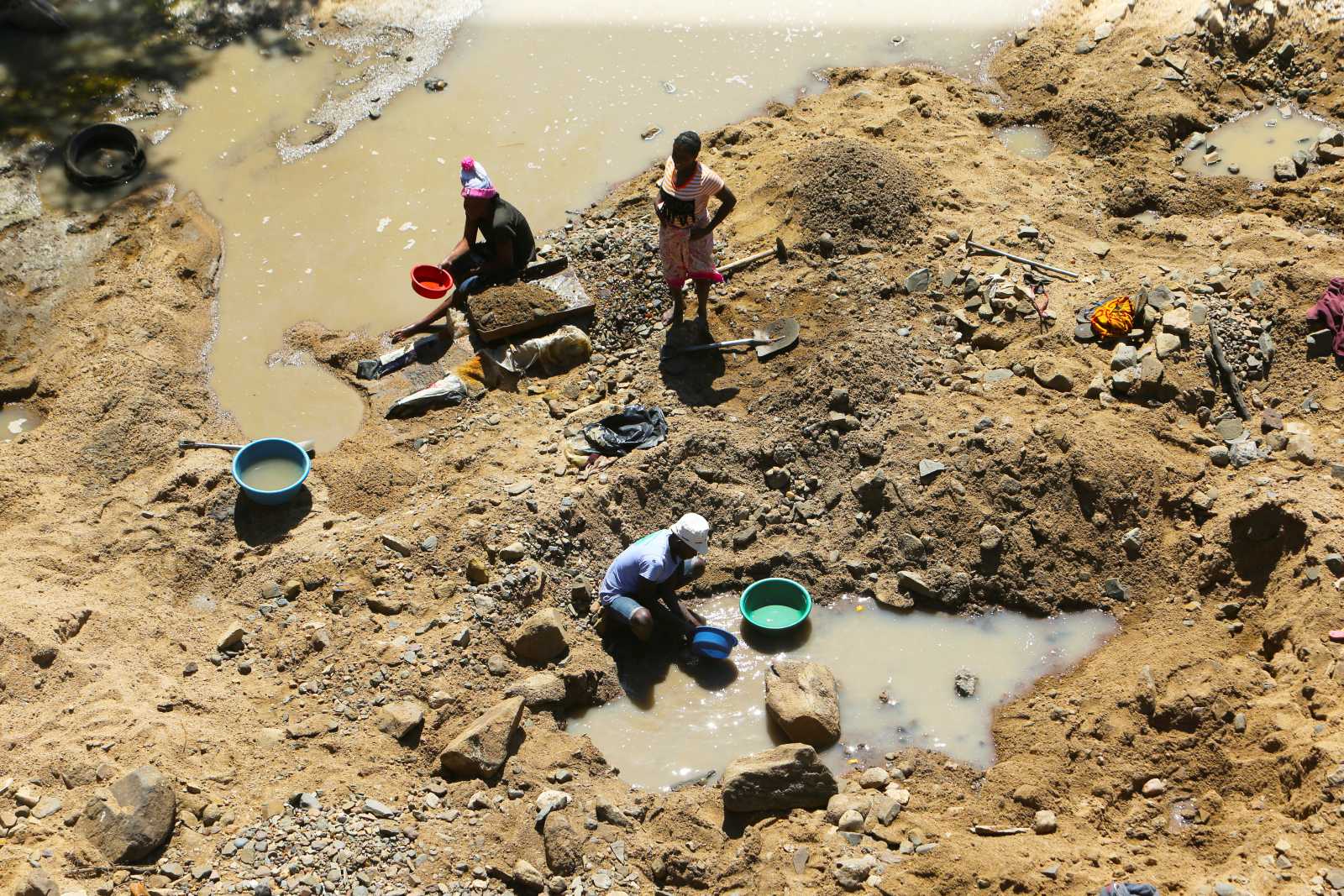Human-rights violations
Forcibly sterilised
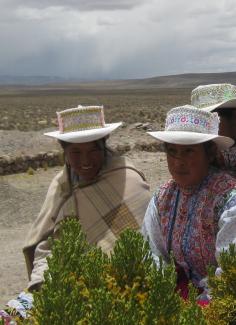
At the beginning of Fujimori’s second term of office, the health ministry launched the “Reproductive Health and Family Planning Programme 1996–2000”. The aim was to reduce population growth to a maximum of two percent a year and lower the birth rate from 3.6 to 2.5 children per woman. That, it was argued, would improve maternal and child health and reduced poverty in the country.
The government promoted sterilisation as “voluntary surgical contraception” (Anticoncepción Quirúrgica Voluntária –AQV). It was performed, for example, in the course of campaigns encouraging women to attend local health-care centres for general health checks. According to the UN Special Rapporteur on Violence against Women, health-care promoters there tried to persuade the women to be sterilised. If they refused, they were told they would be reported to the police or denied future access to health-care facilities.
The primary focus of the programme was on poor indigenous women between 30 and 49 years of age with four or more children living in remote areas and the Andean highlands. They were publicly and personally insulted by politicians and health-care workers as “gormless breeding machines”. Those most exposed to this hostility were women and families who spoke only Quechua, one of Peru’s indigenous languages, and who could neither read nor write.
Any information that the women received about sterilisation was in Spanish. Questions about the surgical procedure, which most of the women feared, were curtly and rudely dismissed by health workers. As a result, the majority of operations were carried out without the informed consent of the women involved, many of whom could signal agreement only by providing a fingerprint. Because of the cultural structure of indigenous communities, husbands often had to decide for their wives. In some cases, women were unaware that they had agreed to be sterilised, finding out only later, after the operation had been performed. But sterilisations were also carried out forcibly, as Micaela Flores, a mother of seven from Anta Province, describes. She and other women attending health screening were taken to a van: “We entered unsuspectingly. But then we heard screams and I ran away.” But there was no escape. The health workers caught her: “They put me on a stretcher, tied my feet and then cut me open.”
Health-centre staff were themselves under pressure from the government. Penalties were applied if monthly targets were not met, while a reward of four to ten dollars was received for every sterilisation performed.
The national programme was directed at both women and men. According to official and unofficial reports, between 200,000 and 300,000 women and more than 16,000 men were sterilised without consent. There are 18 documented cases of women dying as a result of the operation. But the real figure, including unreported deaths, is certainly higher. Even today, there is no register of victims and no record of the scale of effects of the operations performed. Many village communities seem to be slowly contracting for lack of young people.
Public exposure
The first reports of the strategic implementation of involuntary sterilisation reached Peruvian lawyer Giulia Tamayo of the feminist NGO “Flora Tristan” in 1997. Hilaria Supa, the leader of an indigenous farmers’ group at the time, handed her a pile of victims’ statements in Quechua. Supa had talked to all of the women in person. In the course of her research, Tamayo exposed the government sterilisation campaign and documented the “health-care festivals” at which health centres with the highest monthly sterilisation rate were applauded.
She also reached the conclusion that only 10 % of the 314,967 sterilised women she knew of had given their informed consent to the operation without any coercion. The victims were also unaware that the programme was a violation of medical ethics, criminal law and international law. As a marginalised group in Peruvian society, they became “silent victims”, discriminated against by the state and then often abandoned by husbands and shunned by communities because they were “worthless” as a woman.
Tamayo published her findings in a report entitled “Nothing personal”, after which she received threats and had to leave the country. Following the publication of the report, however, several inquiries were initiated and victim reports presented to national and international bodies such as the US House of Representatives. This resulted, in 1998, in the termination of the US official development assistance that had hitherto supported the family-planning programme. At first, the Fujimori government denied the facts and accepted no responsibility. But when other organisations also cut financial aid because of the scandal, the government abandoned its quota system within a year.
As a result of the allegations of corruption President Alberto Fujimori had to flee to Japan in 2000, where he stepped down. He was prosecuted on several counts of human rights abuse and corruption and is currently serving a 25-year prison sentence in Lima. The Association of Forcibly Sterilised Women (Asociación de Mujeres Afectadas por las Esterilizaciones Forzadas, AMAEF), representing 2,074 victims, worked for years to put Fujimori and his government on trial for the forced sterilisations. Congressmen claimed that their actions amounted to genocide. When prosecution proceedings against Fujimori and his three health ministers started, investigations and trials were constantly held up and abandoned. To date, only the case of one sterilised woman from Lima has ended in the conviction of the doctors responsible and compensation for the victim. It remains an exception.
In January this year, public prosecutor Marco Guzmán Baca decided not to put Fujimori on trial on the grounds that there was not enough evidence that what happened between 1995 and 1999 was the result of systematic policy. The investigation has so far led to the conviction of just four doctors for human rights violations and the opening of trials of six more. Peruvian law itself presents obstacles to prosecution. Forced sterilisation per se is not recognised as a criminal act, so the AMAEF has only been able to file suit for human rights violations, not for assault.
More than 2,000 people signed an open letter to Peru’s President Ollanta Humala expressing outrage at the case against Fujimori being closed. National NGOs and victims separately filed objections. Foremost among the demands of the women sterilised is a guarantee of access to health care, because most of them still have physical complaints that stem from the unprofessional surgery that was carried out.
The decision not to go to trial again raises a question mark over the impartiality of the Peruvian judiciary. Witness statements are widely documented. Victims have stated on record and in face-to-face interviews that they were deceived, insufficiently informed, coerced or otherwise pressured into being sterilised without their consent. Their testimony has been accepted by various authorities, such as the UN Committee on the Elimination of Discrimination against Women (CEDAW), the Inter-American Commission on Human Rights, the Peruvian ombudsman (Defensoría del Pueblo) and an independent commission that reported to the Peruvian Congress in 2002. These bodies have called on the Peruvian government on many occasions to launch independent inquiries to identify and convict those responsible.
Violence against women
According to the Rome Statute of the International Criminal Court, countries that implement programmes of systematic compulsory sterilisation commit a crime against humanity. They also violate fundamental human rights. The CEDAW Committee has declared involuntary sterilisation “a serious violation of women’s reproductive rights” and defines it as a “method of medical control of a woman’s fertility without her consent” and an “assault” on the woman. The UN Human Rights Council recognises forced sterilisation as a violation of the right to freedom from torture and abuse and has moved in the past that governments should be required to report specific measures taken to combat such violations.
The way in which indigenous women were specifically targeted by the aggressive sterilisation programme reflects the patriarchal structures that still exist and the deep-rooted general discrimination against indigenous groups within Peruvian society. Women in Peru were regarded as objects, as national property that the government could use to pursue a higher goal: poverty reduction by birth control.
The case of Peru is an example of a poor country trying to improve its public finances by family planning, play a part in achieving the Millennium Development Goals and reduce unwanted social groups. The international community should take a tougher line in such cases and push for better education and public information, especially in remote areas of the countries in question.
Helena-Ulrike Marambio holds a master degree in political science and international human-rights law. She is currently writing her doctoral thesis on legal empowerment in transitions based on the case study of forced sterilisation in Peru (University of Essex, United Kingdom). In the past she worked for Amnesty International in Chile and the UK.
helena.marambio@gmail.com

